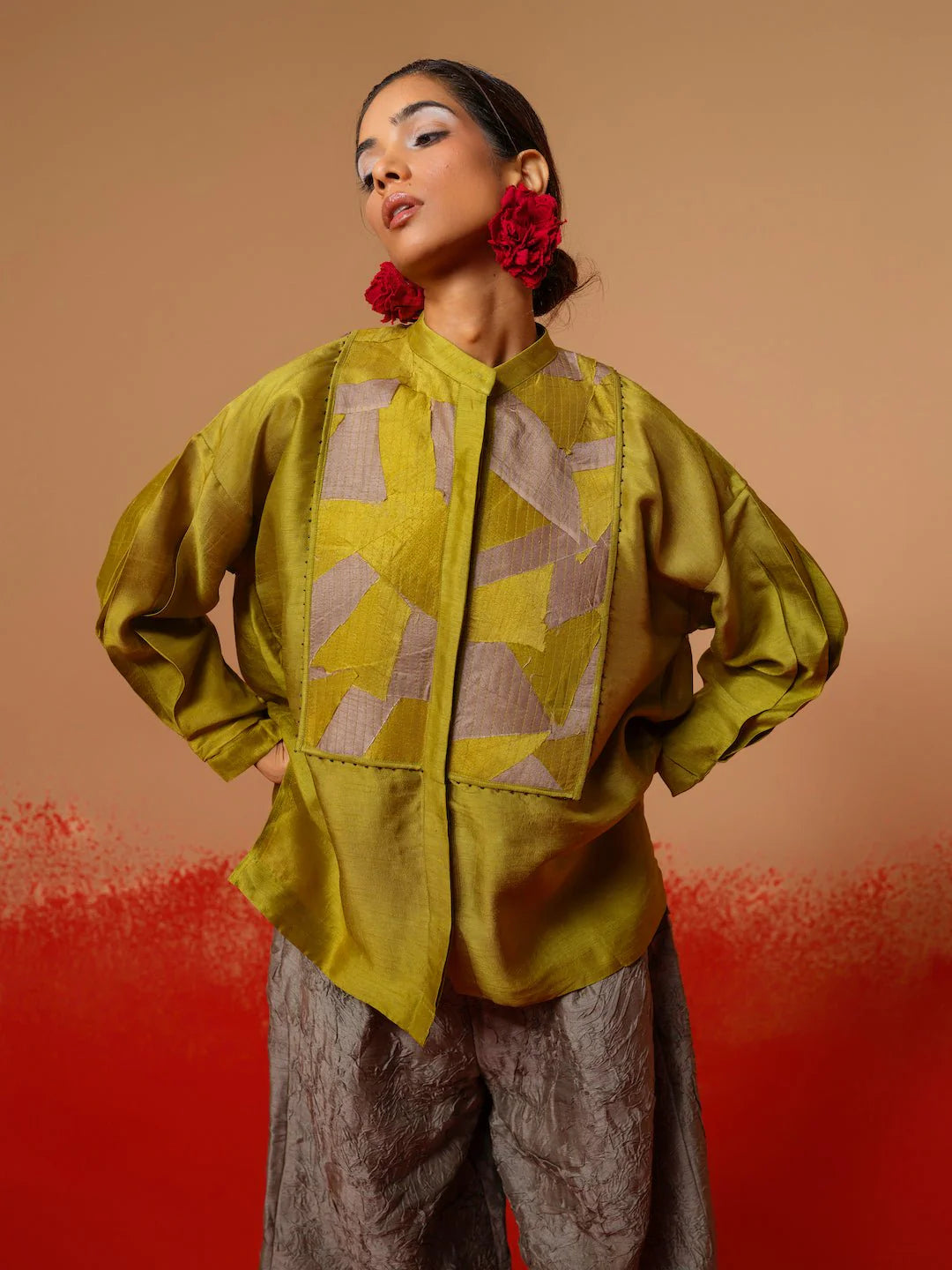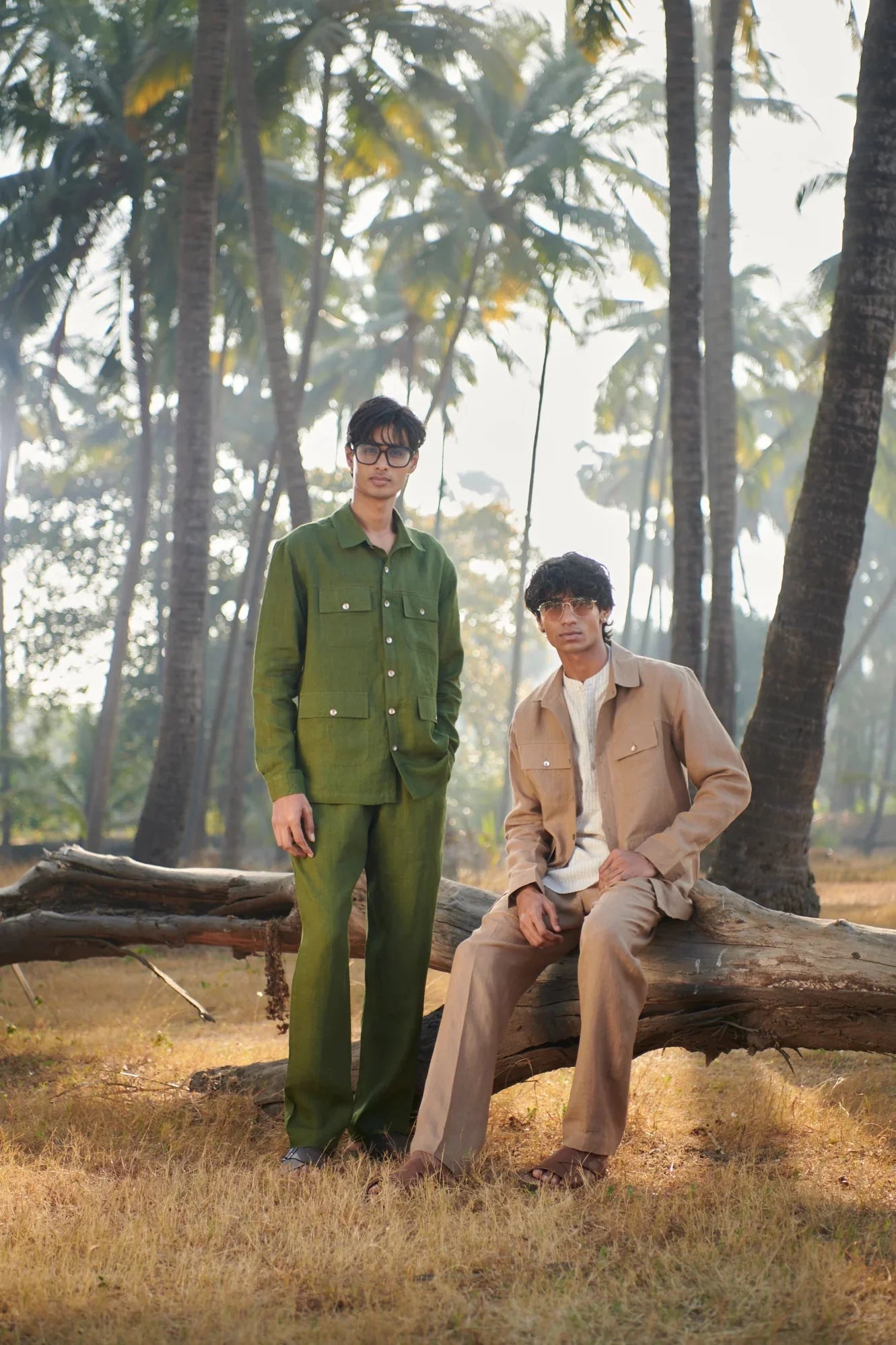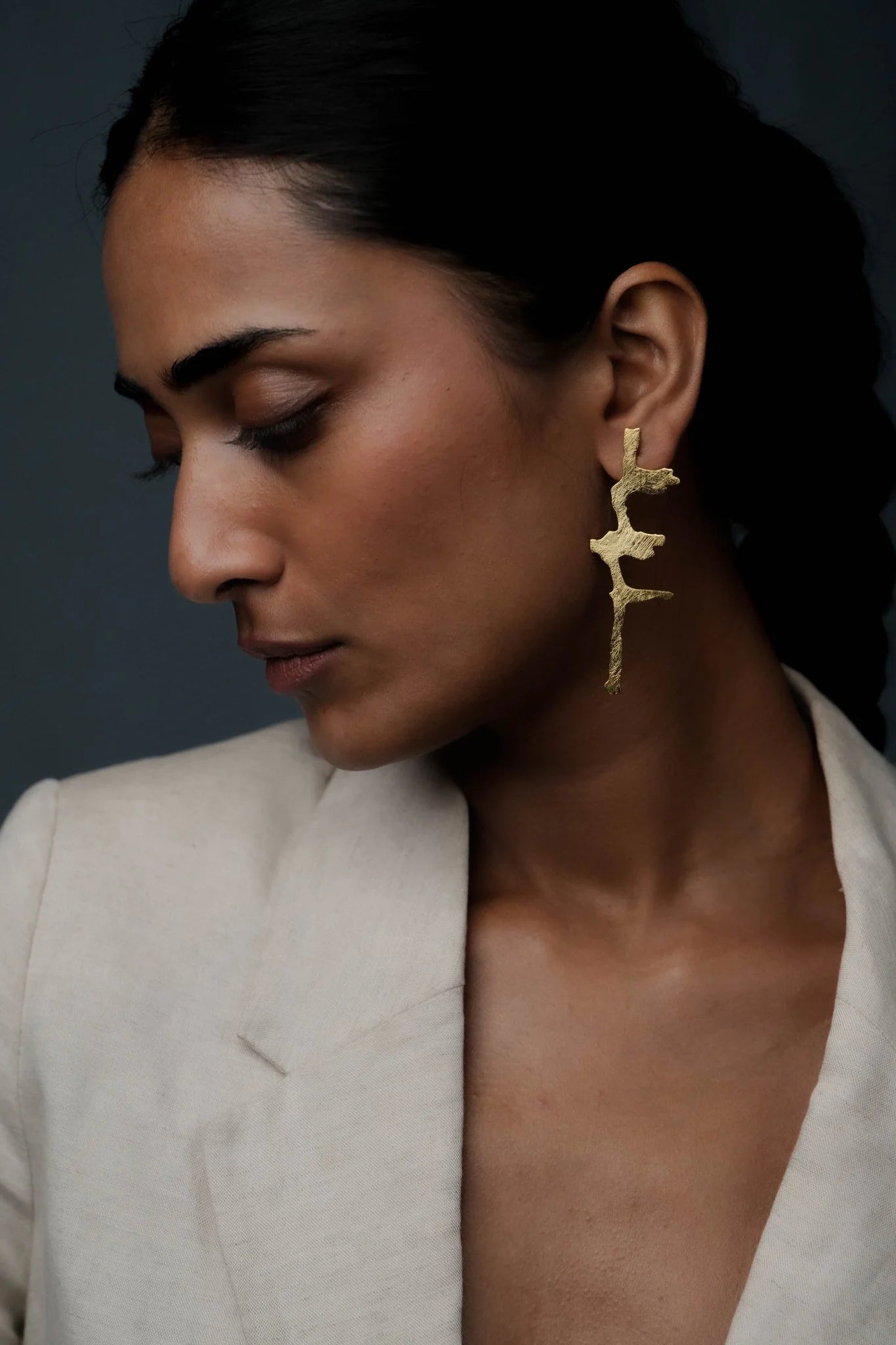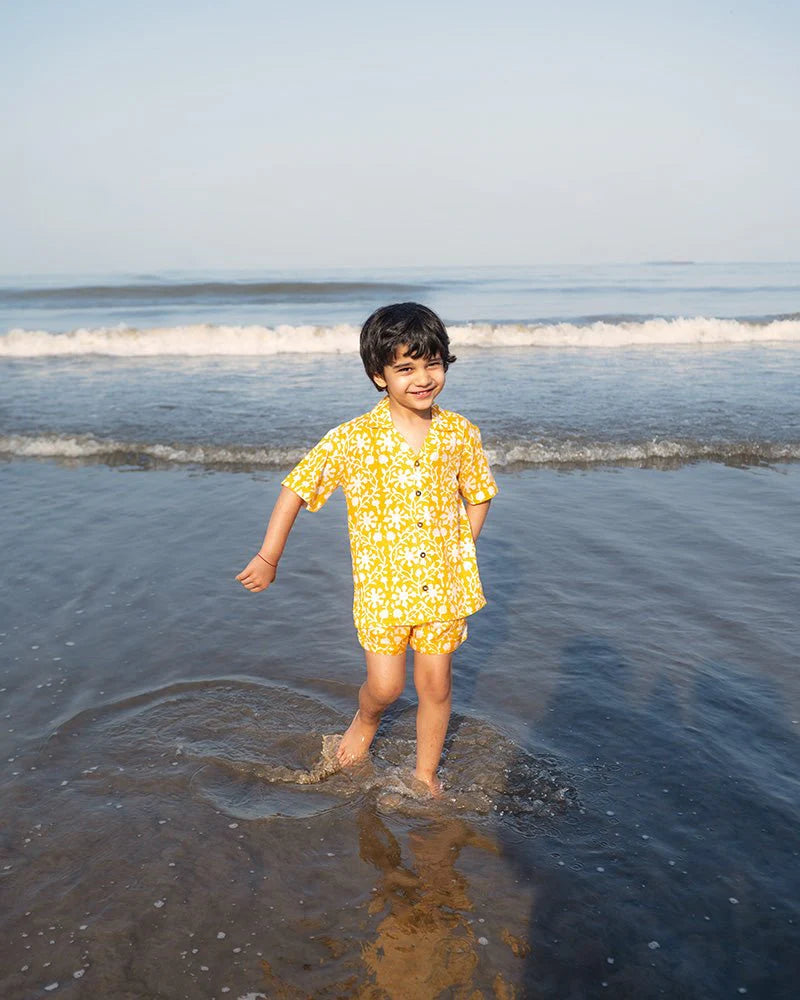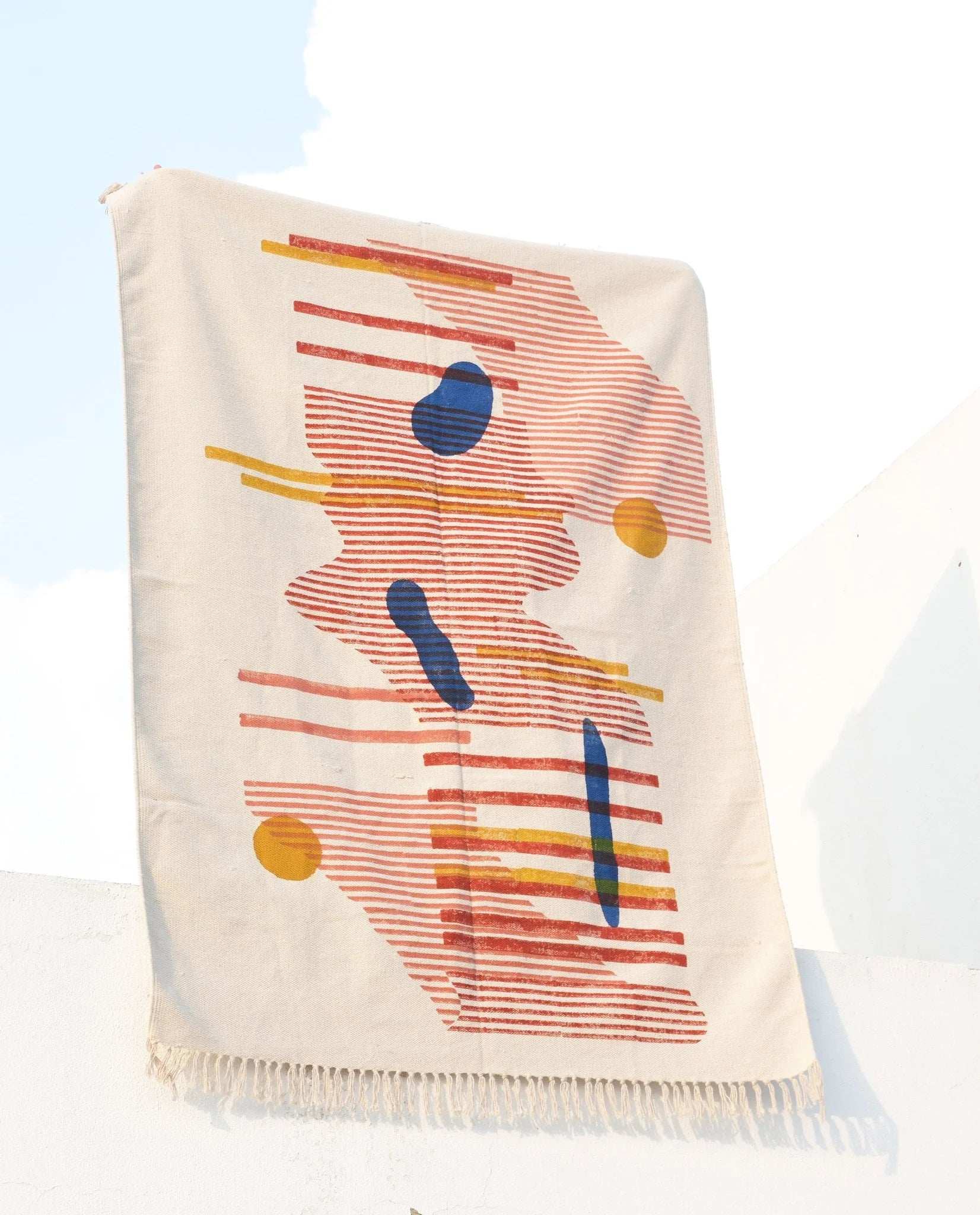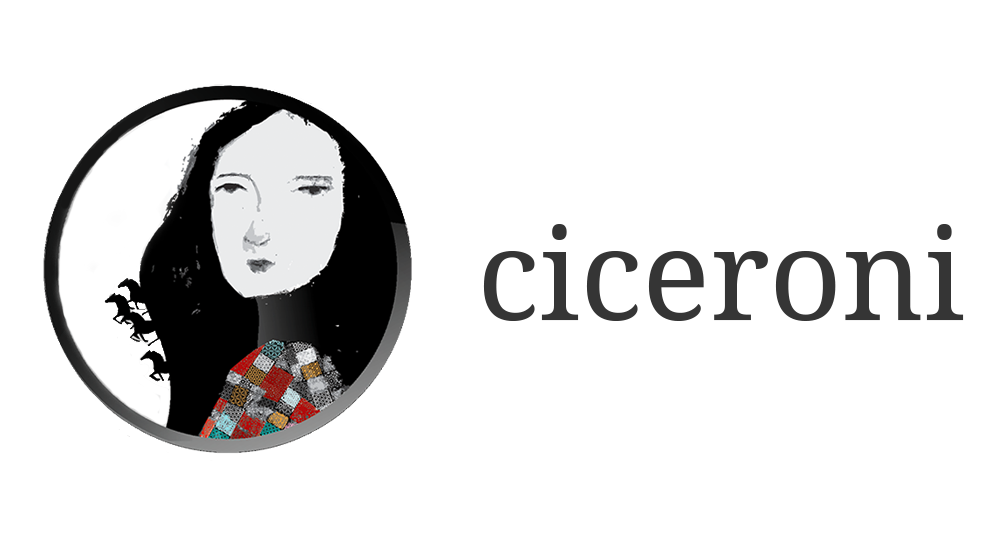“Flooring is the foundation for any beautiful room. Start with a great carpet and the rest will fall into place.”
Most interior design connoisseurs believe that a kaleen that syncs with the farsh is the stepping stone to a perfect home décor. The textile heritage of India has for long been admired for its natural use of colour, pattern, and design elements that showcase the essence of the landscape and history of the continent itself. Looking through the lens of time, it’s astonishing to see that the art of making carpets and rugs developed on the plains of Central Asia more than a 1000 years ago when the nomadic tribes required some protection from the cold winters. The most impressive example of carpet making has its roots in the early 16th century, the country’s age of empire, when the Mughals consolidated control of the continent and created elaborate textiles such as the astonishing collection of tapestries and opulent rugs. And today, these carpets have come out into the world from the sneaky rural corners as the ultimate furnishing that bridges the ancient art while staying relevant to the changing modern designs.

But are carpets and rugs, the only floorings we know of? What about the dhurries that disappeared around the 1990’s?
Long before the reign of Mughals, India had been home to a simpler, older tradition of rug-making. Alongside the magnificent carpets made from the area’s finest raw materials by professional craftsmen for use in art and ceremony in the courts of emperors, the nomadic herding tribes of India continued to practice the “flat weave,” one the earliest known rug-making techniques, with origins traced to ancient Egypt. Flat weave carpets, made without the use of pile or backing, consist of horizontal threads woven over and under vertical threads. They are tightly-woven, reversible, and unusually tough. In India, these carpets are known as Dhurries.
Dhurrie rugs originated from India and the surrounding regions like Burma, Pakistan, and Afghanistan. In the olden days, dhurries were mainly used as floor mats as well as cover for beds, wall hangings and as mats during meditation and yoga. Dhurrie rugs can be made of several materials which may display different properties of strength, softness and texture. Some are smooth and cool to the touch while others are sumptuously soft and warm. Common materials used for handwoven rugs include wool, silk and cotton, bamboo silk, banana leaf, mohair, merino and alpaca. Dhurries were also a part of a bride’s dowry. These graphic flatweaves and block-printed patterns were made by women weavers and brides-to-be, who were trained in the art from a very young age. Each design was handmade with unique patterns, representing the weaver’s own personal history along with religious or spiritual symbols.
Putting down her thoughts on choosing dhurrie over other furnishings, Mouli Khulbe Chief Marketing Person – The Mango Tree (a contemporary dhurrie brand based out of Lucknow), shared “We chose dhurrie as our first ever product because of its cultural and historical impact, particularly in Indian rural society. Women in villages of North India, have for generations, carried dhurries as a part of their wedding trousseau. Imaginative in style with brilliant and bold use of colours, and a sure treasured item, we believe these dhurries would see the new bride, grow, evolve and progress in her new home, till it’s time to pass it on. The dhurries had a very sentimental value attached, and we loved that.”




Clearing the debris, Zeeshan Tariq, Co-Founder Rug Weave, an acclaimed Carpet and Rug Appraiser and Connoisseur shared “Dhurries are an ancient form of floor coverings that have its origins in India. They are weft faced rugs, that are made using techniques like dovetailing and double interlocking while carpets and rugs are made using symmetrical or asymmetrical knots. A simple way to distinguish the two are, rugs have a pile (fibers protruding from the base of the rug upwards) whereas, dhurries are flat-woven (they do not have any fibers protruding).”




Being the pioneers in the rug weaving and manufacturing industry, Yogesh Chaudhary, Director – Jaipur Rugs comments with his views on the transition in weaving process and design of the dhurries over the years, “Until a while ago dhurries were thought of as something that our grandparents used. But with people spending more time indoors, focus on home décor increased greatly and rugs being an integral part of any home improvement project have gained special importance. People are spending a great deal of time and efforts on making their homes special and handmade dhurries made using timeless craftmanship techniques has become a sort of must have. While the weaving process is the same as it was hundreds of years ago, the design language has evolved over the years. In terms of design, people are choosing bolder and more whimsical patterns to make their spaces stand out. Our collections: Jaipur Wunderkammer, Concoction and Archetype are great examples of that. Transitional, abstract and modern designs are also better loved today than pure traditional patterns.”




Sharing his experience on working with the craft clusters, Yogesh Chaudhary of Jaipur Rugs elaborates “Jaipur Rugs works with over 40,000 artisans in 600 villages in six states in India, providing families with sustainable livelihood at their door steps with over 85% of artisans being women. What started with two looms in our family home in Churu, Rajasthan has now grown to India’s largest artisan network with over 7000 looms and counting. While books, magazines, exhibitions and papers by researchers on Indian crafts are all good sources of information, but true wisdom about Indian art resides with its artisans. And there is no better way to research than to work with them directly in their traditional environment.”

Voicing his thoughts on how Rugweave supports the artisans, Zeeshan Tariq shared “During the Mughal and British empire, dhurries were made in prisons by inmates’ as a part of reform and therapy – a tradition that lasted until the 1960s. As a brand, we encourage a more artistic approach to the support the cottage weavers of Tamil Nadu by giving them a free hand to make their own designs instead of controlling it. Our project Haath, is an initiative we started about 4 years ago. It is an initiative to rehabilitate weavers across the country (especially in Kashmir and Central India) and revive the near-extinct art. As of date, Project Haath has about 650 weavers under its wing. We provide them as much support as possible by selling what they make and also creating awareness about their community.”
Adding to his thoughts, Mouli Khulbe of The Mango Tree shared “It was a delight to work with the women artisans from Hoshiarpur in Punjab. A friend of mine had worked with these artisans before and while we were brainstorming on ideas, we decided to delve into the crafts of India and its revival. Visiting these artisans at Punjab was an introspection journey as we listened to their stories on not having income due to the lockdown and how they struggled to earn for living. The journey started with 7-8 dhurries in the beginning. Our dhurries are called ‘Panja Dhurries’ as they speak of the ancient panja weaving tradition of Punjab performed by the artisans of Punjab. As we work on reviving this ancient weaving tradition, we also got in touch with craft clusters in Bihar who helped us with upcycled silk from the silk saree weaving industry of Bihar. Being a new brand, these are the little steps we have taken to uplift the lives of the craftsmen in India. Afterall, the revival of crafts depends on the sustenance of the artisans. Isn’t it?”
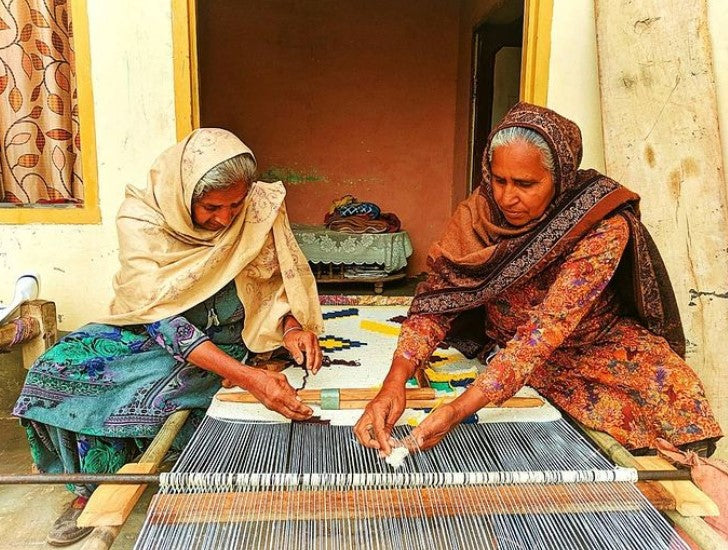
If you are done with the couch and the curtains, traditional contemporary dhurries should be next on your list!

